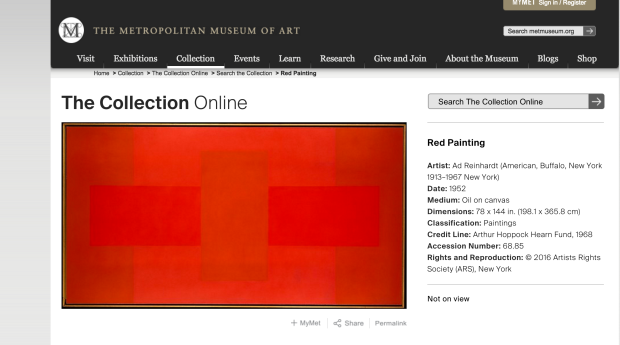
It was my sorority’s moms weekend this past weekend and one planned event was canvas painting. For this event each mom and daughter was given canvas to paint a replica of a painting in the front of the room. The painting we created was a scene with flowers in a field. An instructor took us through the steps of creating the painting starting with the sky and grass then moving to the flowers. This event made me think about the art of reproduction and our class discussion of imitation and copies. After the event ended I looked around and noticed that no two paintings were the same and many were actually very different. None of the paintings looked quite like the image we were supposed to be copying from. This difference in images is to be expected, because we were not given much time to recreate the painting, many of us were not in the best position to see, and no two people can create the exact same image. A question that we discussed in class is what makes something an original? We worked to create a replication of an image, all of our paintings had our own original characteristics so are our paintings originals or replicas?
-Ericka Marchbanks



